
Alan Kneidel
CONSERVATION BIOLOGIST
By Alan Kneidel, with contributions from Lisa Schibley, Evan Dalton, and Trenton Voytko
More than 300 bird species have called Manomet’s headquarters home over the last century. With recorded observations dating back as early as 1941 from the Ernst family — the property’s previous owners before they donated the land to Manomet’s first executive director in 1969 — you can imagine how many rare and unusual species have taken birdwatchers by surprise over the years. (Including those that made the 2022 Top Birds at Manomet’s Headquarters list.)
Manomet’s headquarters include a variety of habitats, including freshwater wetlands, a coastal forest, upland meadows, gardens, and an oceanfront bluff overlooking Cape Cod Bay. This abundance of natural resources makes the property an ideal spot for birds to either rest and refuel after a long migratory journey, or even settle down and raise young during the breeding season. For scientists, birdwatchers, and casual naturalists, Manomet’s headquarters property is the perfect place to find a broad diversity of birdlife any time of year, from nesting Eastern Bluebirds and Tree Swallows in the spring to Harlequin Ducks and Razorbills in the winter.
In 2023, 210 bird species were documented onsite. In this list, we rank the top seven bird records, gauging their significance by cross-referencing Manomet’s eBird database, bird banding lab records, and journal entries from previous staff over the course of Manomet’s more-than-50-year history. (Thousands of bird encounters through the decades may not have been recorded for posterity; here, a “first record,” for example, refers to the first time a species has been entered into our official files.
So, without further ado….
Barn Owl – 1st property record (10/4/23)
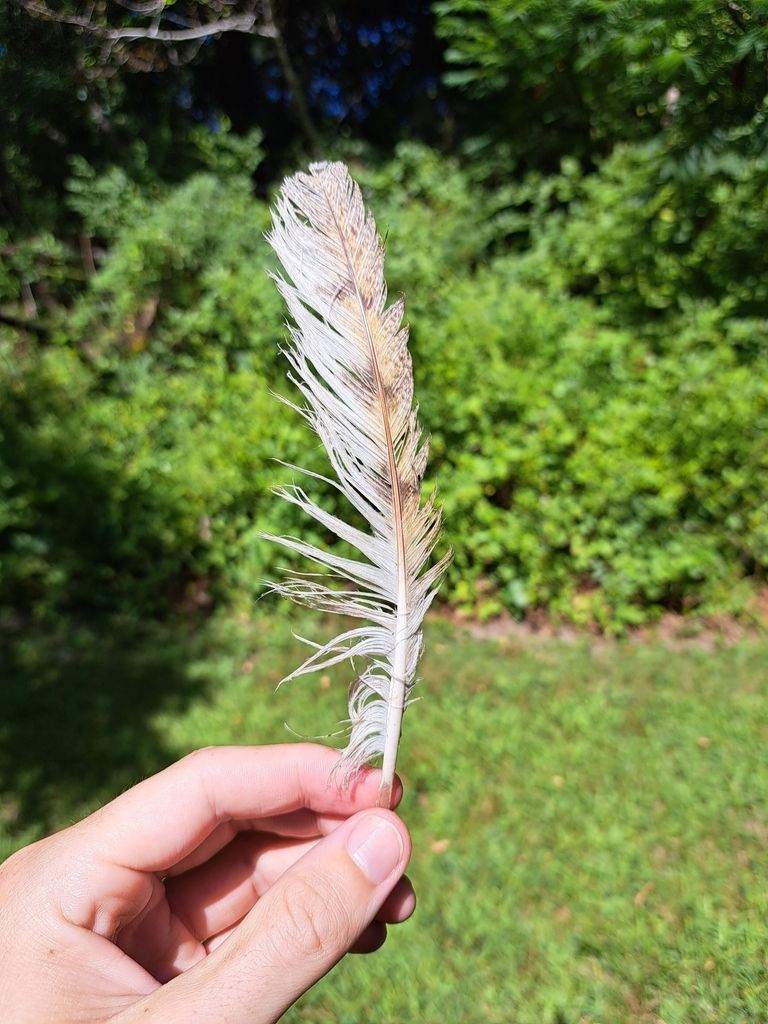
This Barn Owl record qualifies as a Scooby Doo mystery if there ever was one. The saga all started with the report of a Barn Owl in a neighbor’s chimney in April. Months passed, and the chimney story fell into the recesses of all our memories. And then… the Manomet banding team discovered an unusual feather behind the office on August 2nd. After puzzling through the identification, they settled on it being a Barn Owl. In the weeks that followed, a number of reports floated in from the nearby White Horse Beach neighborhood, some very intriguing, but nothing definitive… until one net run. Lead bander Sarah Duff turned a corner and made eye contact with a Barn Owl, who briefly acknowledged her before departing, passing over the heads of the other banders as it flew, as silent and white as a ghost. Massachusetts is right at the northern edge of the Barn Owl’s range, with ephemeral breeding populations as close as Martha’s Vineyard, Nantucket, and Block Island. Perhaps this was a wandering individual from one of those locations.
Townsend’s Solitaire – 1st property record ( 11/16/23)
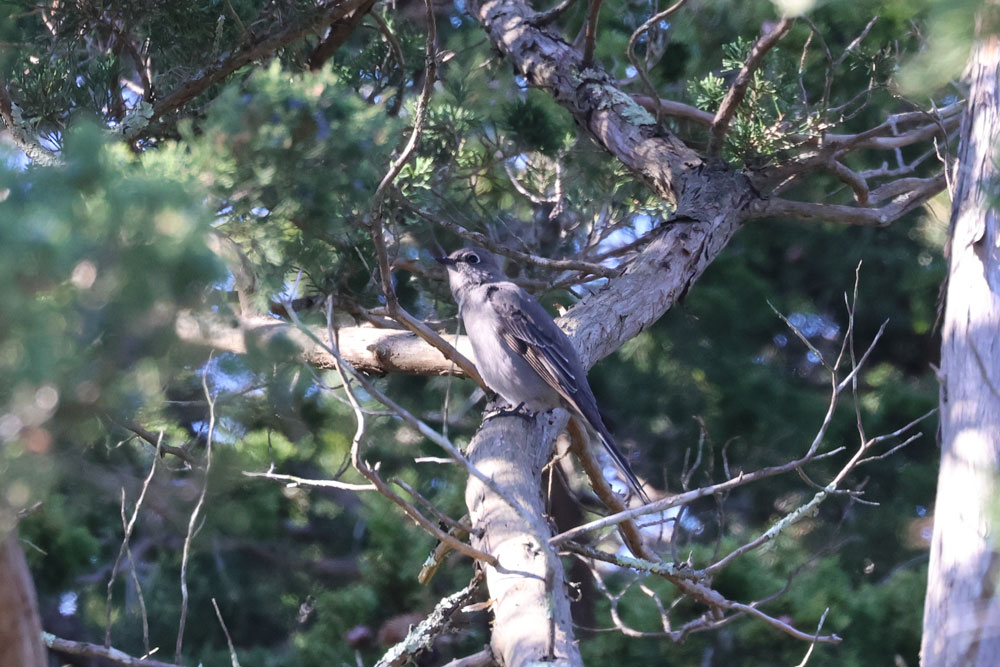
Perhaps due to the high rainfall amounts, the eastern juniper trees at Manomet produced a bumper crop of berries this year. Right on cue, in came the American Robins, Cedar Waxwings, House Finches…and some rarities! Bander Trenton Voytko’s dreams came true when he visited one of these busy juniper tree stands and spotted a Townsend’s Solitaire, a first for Manomet. The Townsend’s Solitaire relies heavily on juniper berries (actually modified cones) in its typical range in western North America, so I’m sure this vagrant felt right at home. It was, however, a one-day wonder, but still enjoyed by many visiting birders and Manomet staff.
Western Tanager – 2nd and 3rd property records (11/12/23 – 11/20/23)
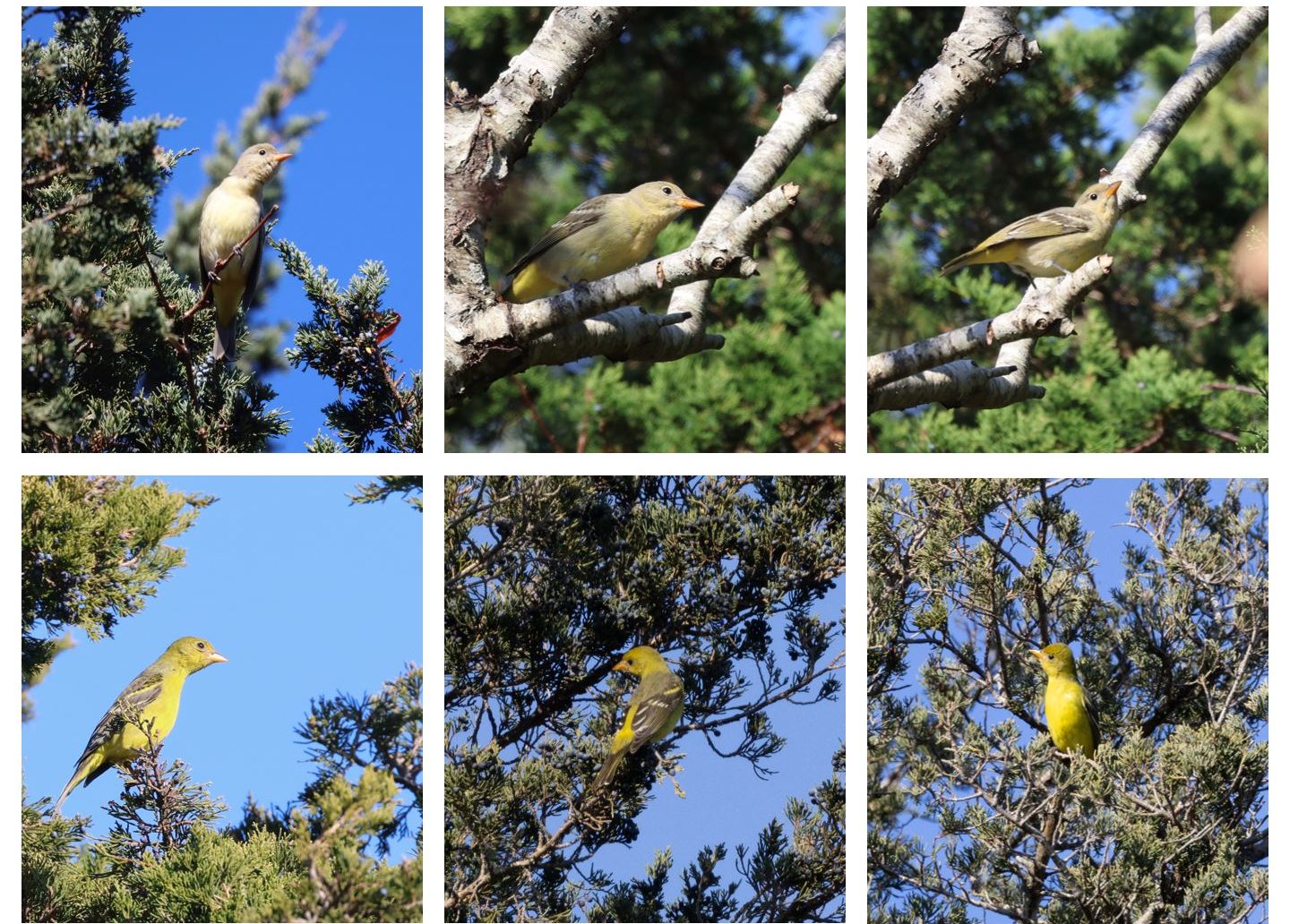
Similar to the solitaire, Western Tanagers are quite at home in a juniper tree. What started as a sighting of a dull female by visiting birder Jim Sweeney escalated to full chaos when a second, brighter bird was discovered by bander Trenton Voytko later that week. While never seen at the same time, photo comparison confirms that there were two separate individuals. The second brighter bird hung out for several days, even sharing the same tree with the solitaire.
Red Phalarope invasion- 4th property record (5/4-5/5/23)
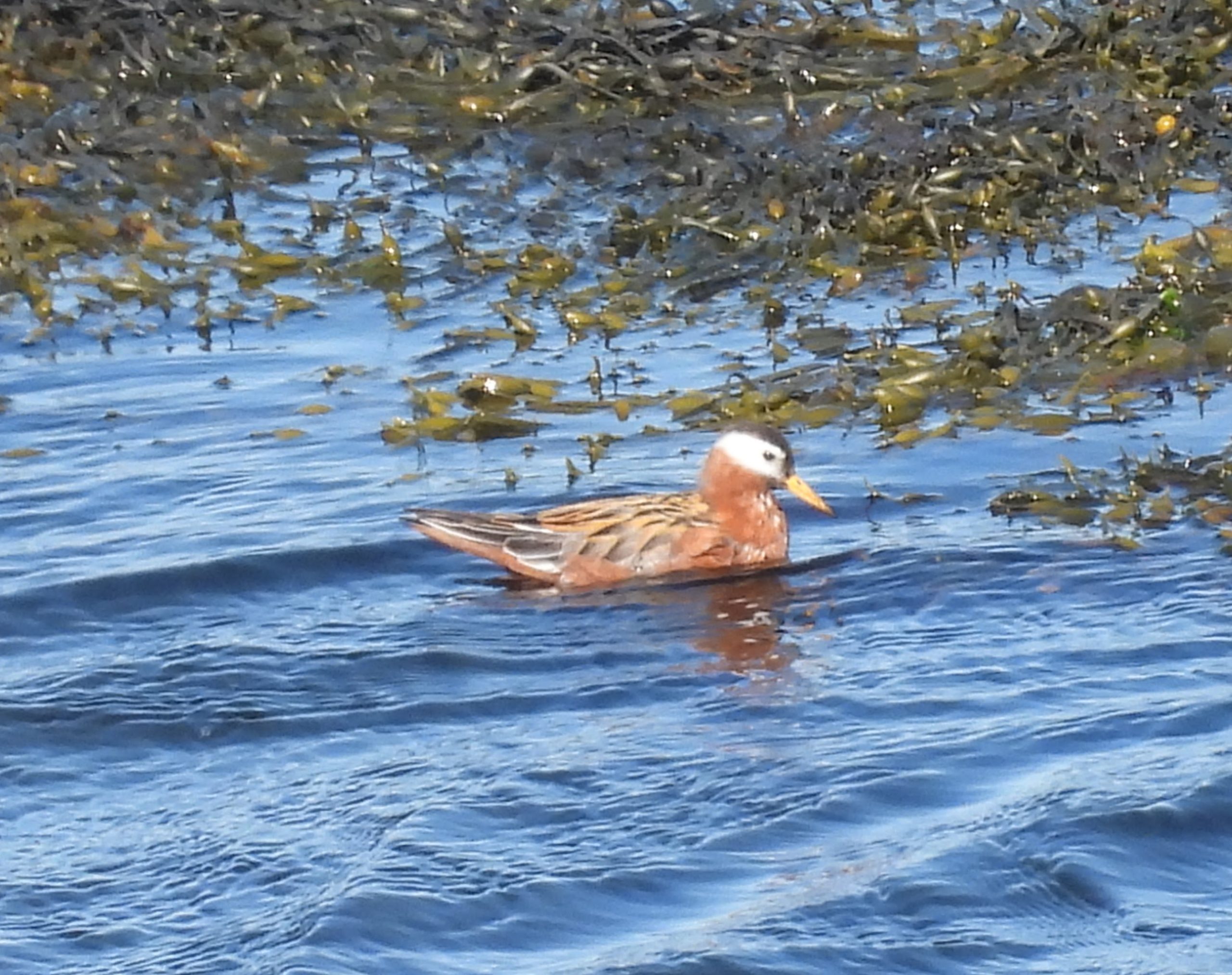
Being positioned on the coast, Manomet has a front row seat to influxes of pelagic bird species when the weather conditions align. In May, large swathes of the Massachusetts coastline experienced gargantuan numbers of Red Phalaropes – one checklist counted 2,500 passing by Nauset Beach.The influx occurred after several days of strong southeast winds coupled with significant fog, combinations which brought these normally oceanic migrants to land. Below the bluff, staff recorded both bright females in their gaudy, rarely seen breeding plumage, and the more subdued males.
Saltmarsh Sparrow (5/31/23)
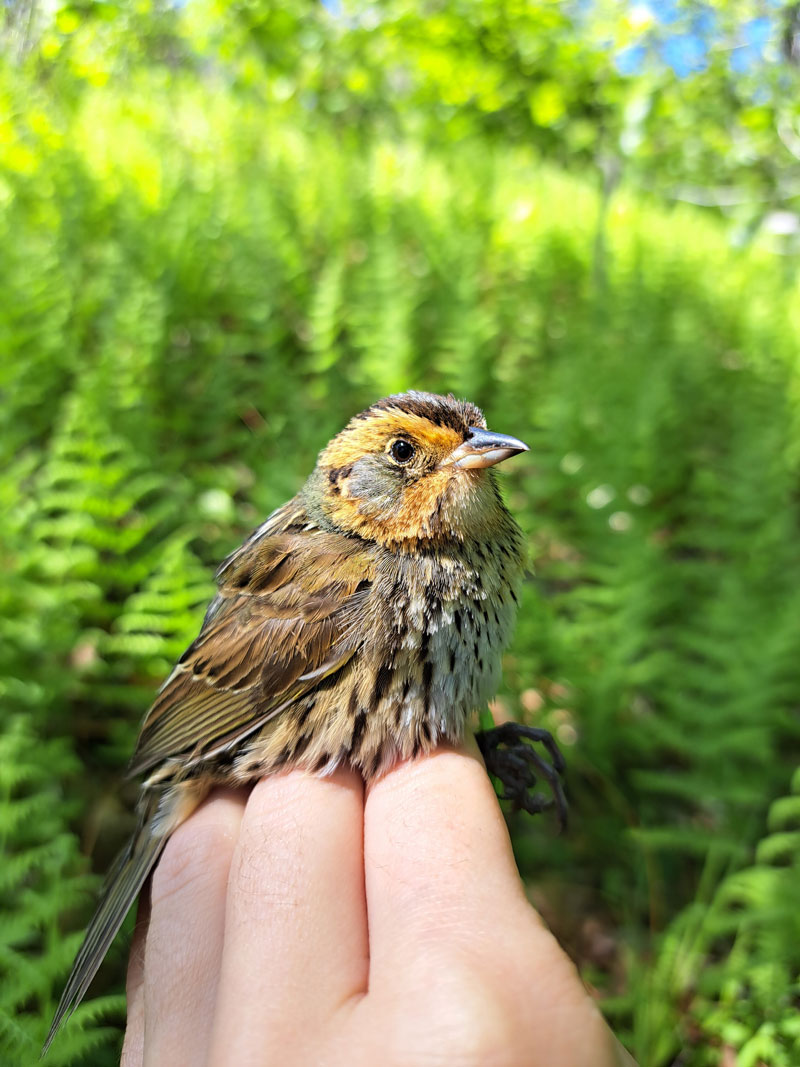
Formerly lumped with Nelson’s Sparrow as Sharp-tailed Sparrow, Manomet has captured a few more than 30 spring individuals over the years. That said, these two species are increasingly uncommon in the nets at Manomet (perhaps a result of the reduction of their saltmarsh nesting habitat to the north and south of here). The last two Saltmarsh Sparrows caught in the nets were in 2017 and 2012. Interestingly, Manomet has only captured six individuals of these two species in the fall over the last half century.
Acadian Flycatcher (spring numbers!)
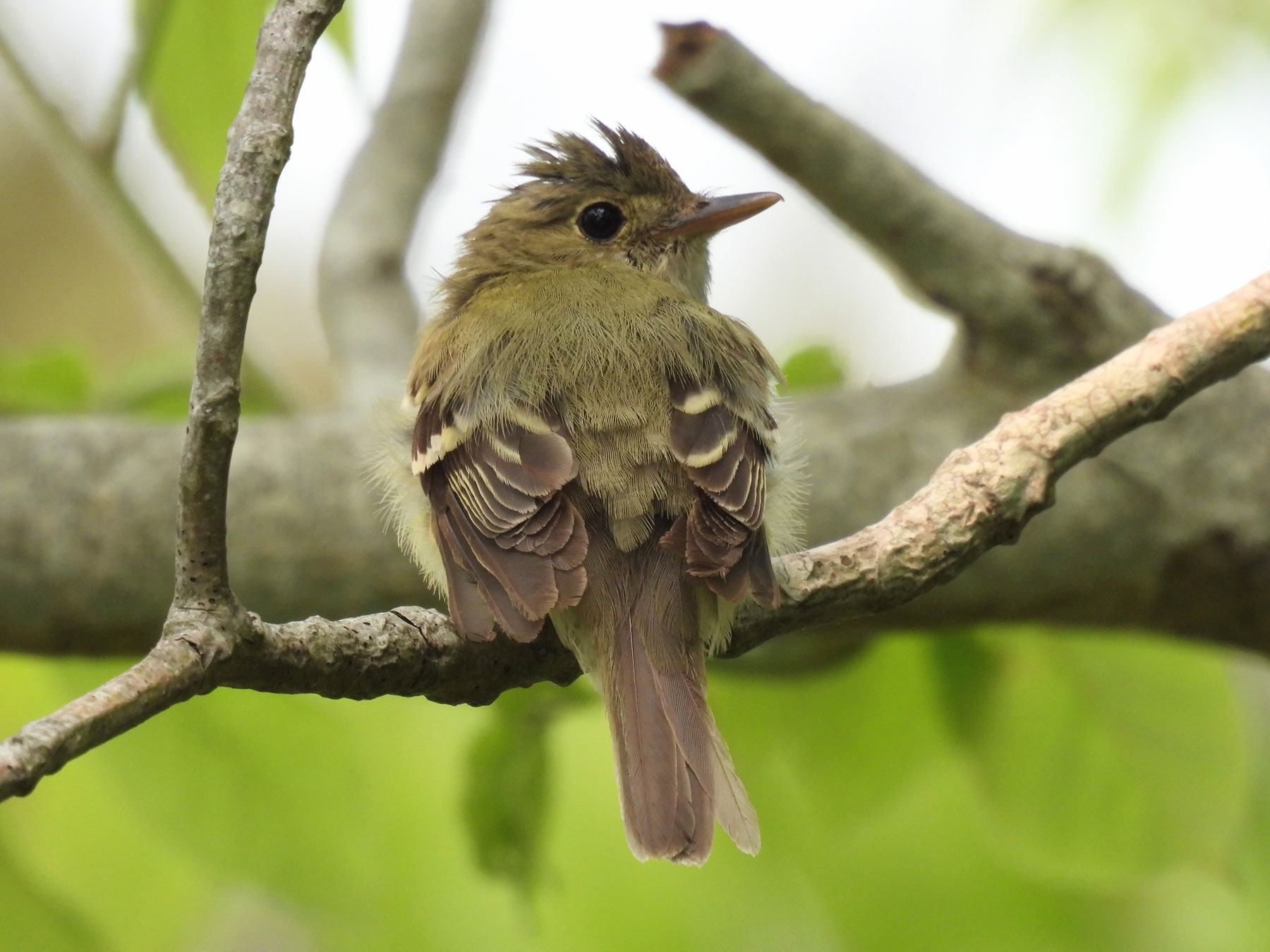
Flycatchers in the genus Empidonax are notoriously challenging to identify, even when in the hand. The banders had their hands extra full this spring, when the net lanes were full of Acadian Flycatchers, typically the rarest of the Empids here. Thankfully, their large size and greenish plumage make them relatively easy to identify, plus many vocalized upon release, helping doubly confirm the identification. The 13 Acadians banded this year shatter our all-time high of nine birds in 1981. This influx was noted not just at Manomet, as Acadians popped up in shaded ravines throughout the region, frequently in sites where they had never been recorded before.
Hooded Warbler (fall numbers!)
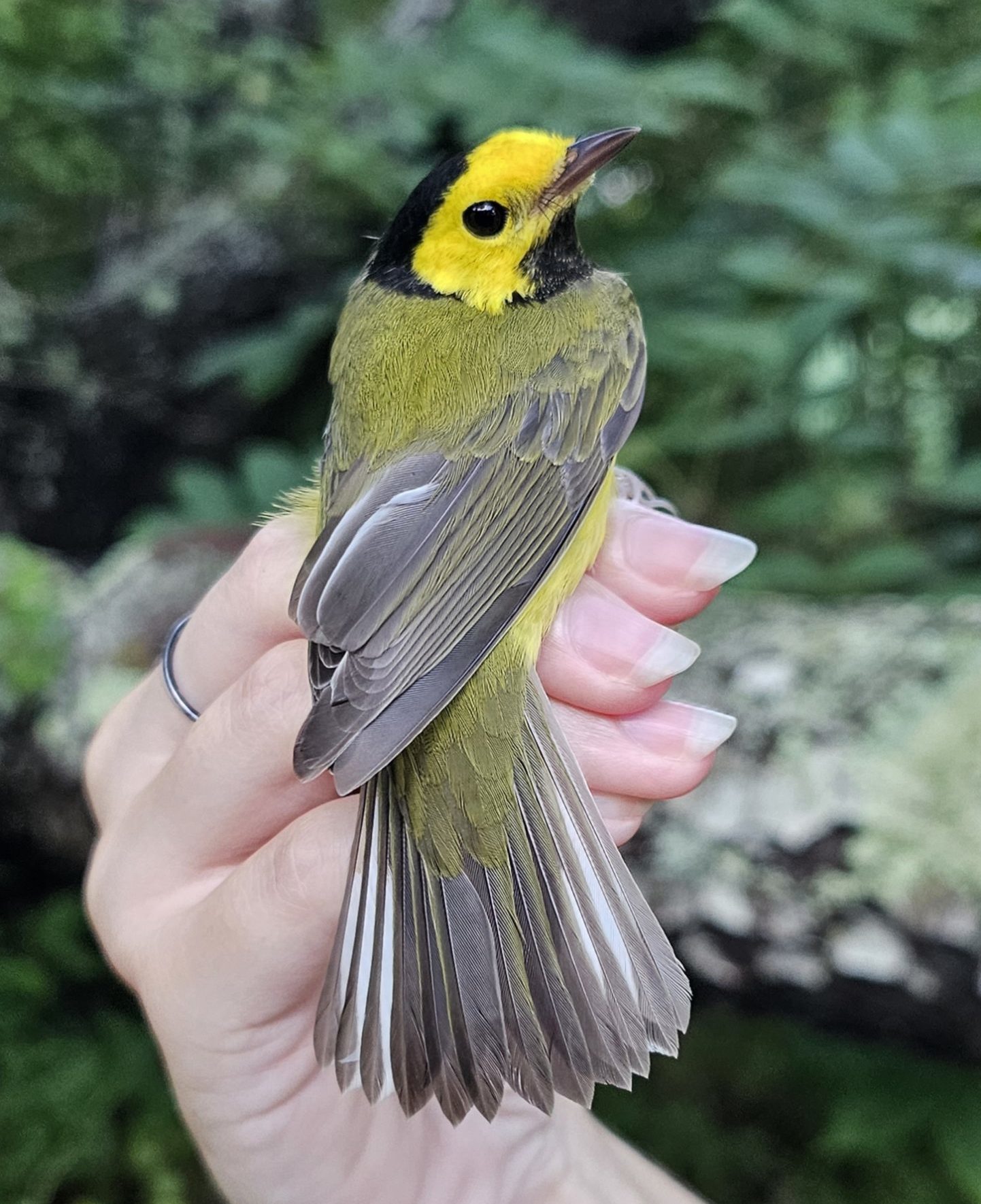
A dazzling bird of shady understories, the Hooded Warbler is always a crowd pleaser. The five Hooded Warblers banded by the lab this fall is an all-time high for the season, with the previous high being four in 2013. As with many southern species that are inching their ranges northward, the “hoodie” is a much more common bird now than it was in the 20th century.
Honorable Mentions
There were honorable mentions aplenty this year.To mention a few: we documented several uncommon ocean fly-bys, including Whimbrel, American Oystercatcher, and Glossy Ibis. Also, Scokes Pond produced a bumper crop of waterfowl, including Ruddy Duck, Ring-necked Duck, Wood Duck, Lesser Scaup, Bufflehead, Mallard, American Black Duck, and Common Goldeneye.
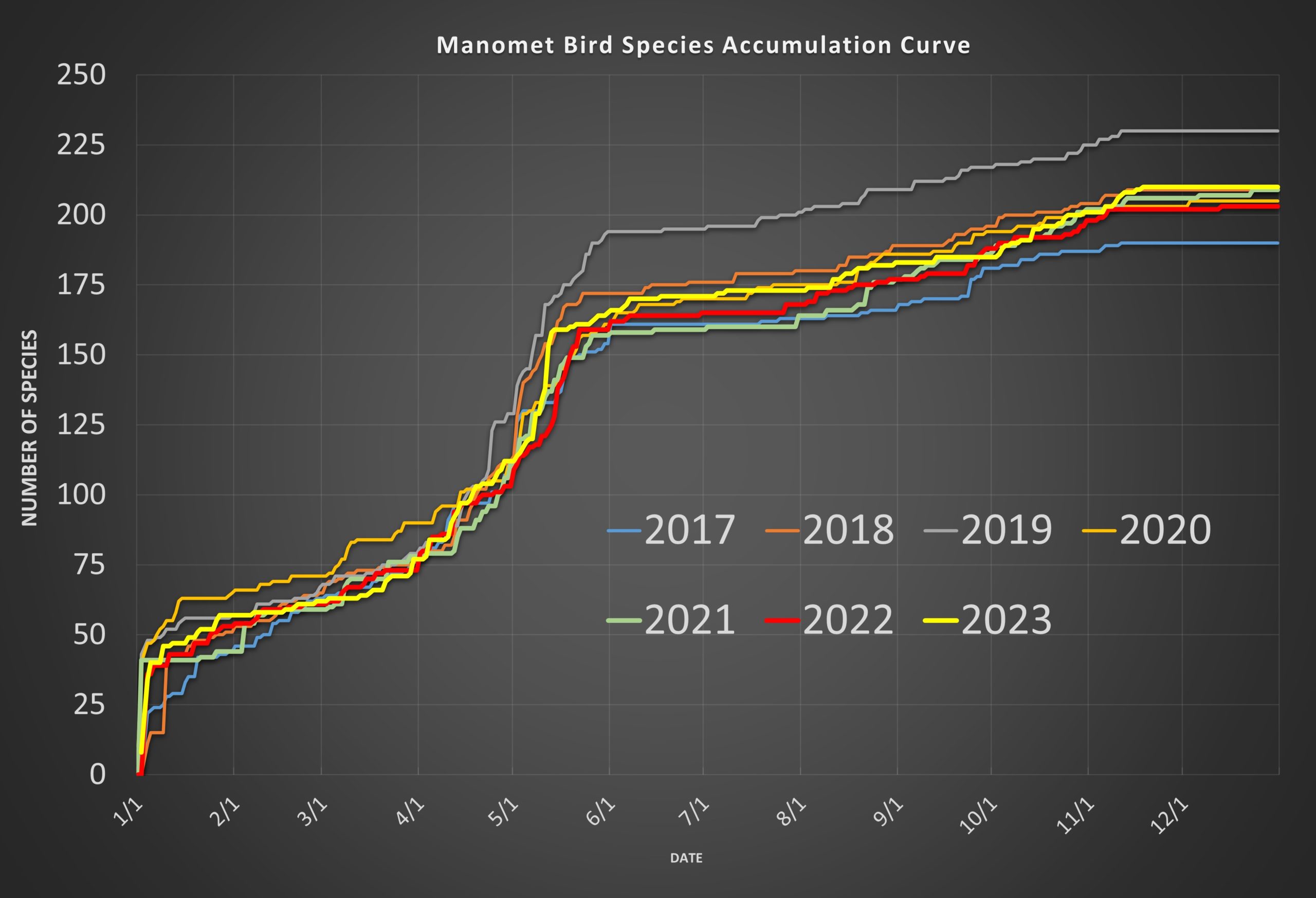
Excited By These Sightings? Come Visit The Newly Dedicated Kathleen (Betty) Anderson Nature Trail, open daily at Manomet HQ!
Full list of Manomet all-time species can be seen here:


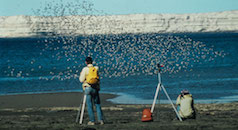

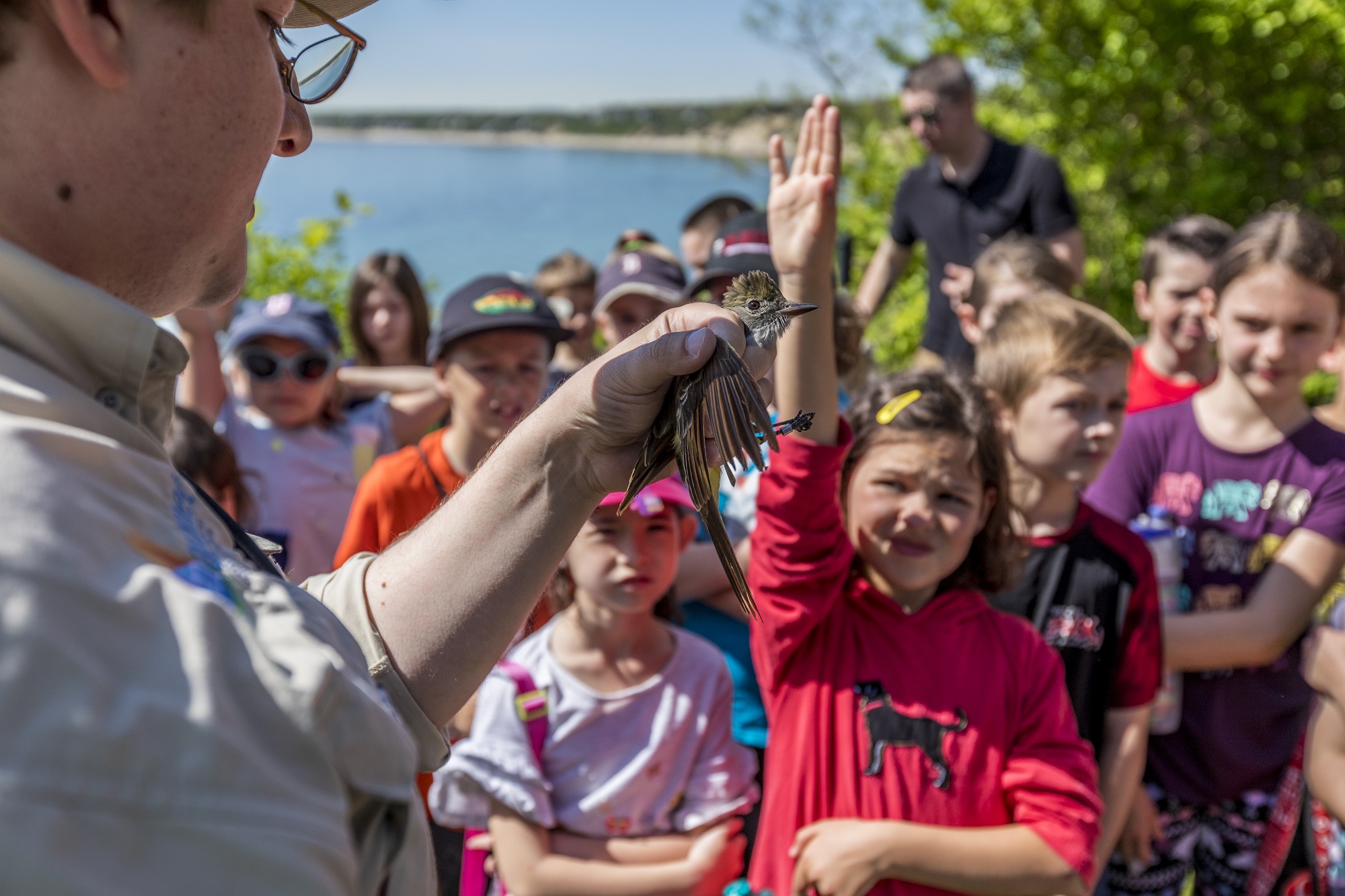
 Back to all
Back to all